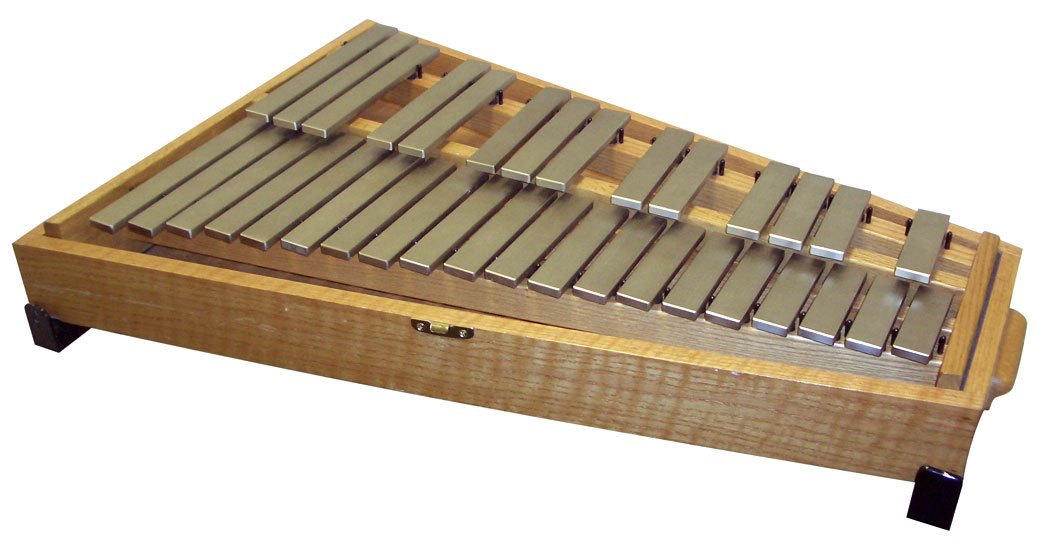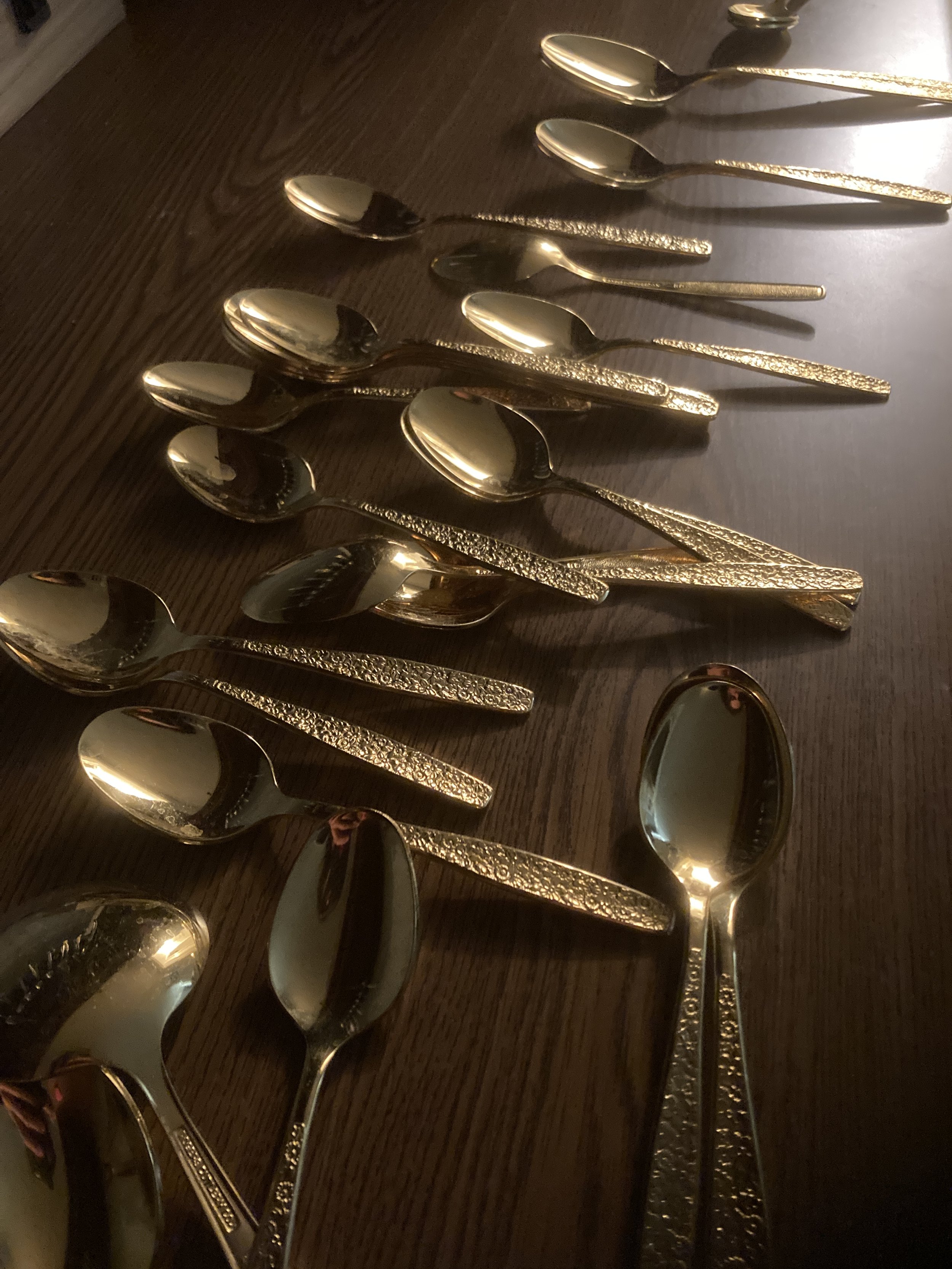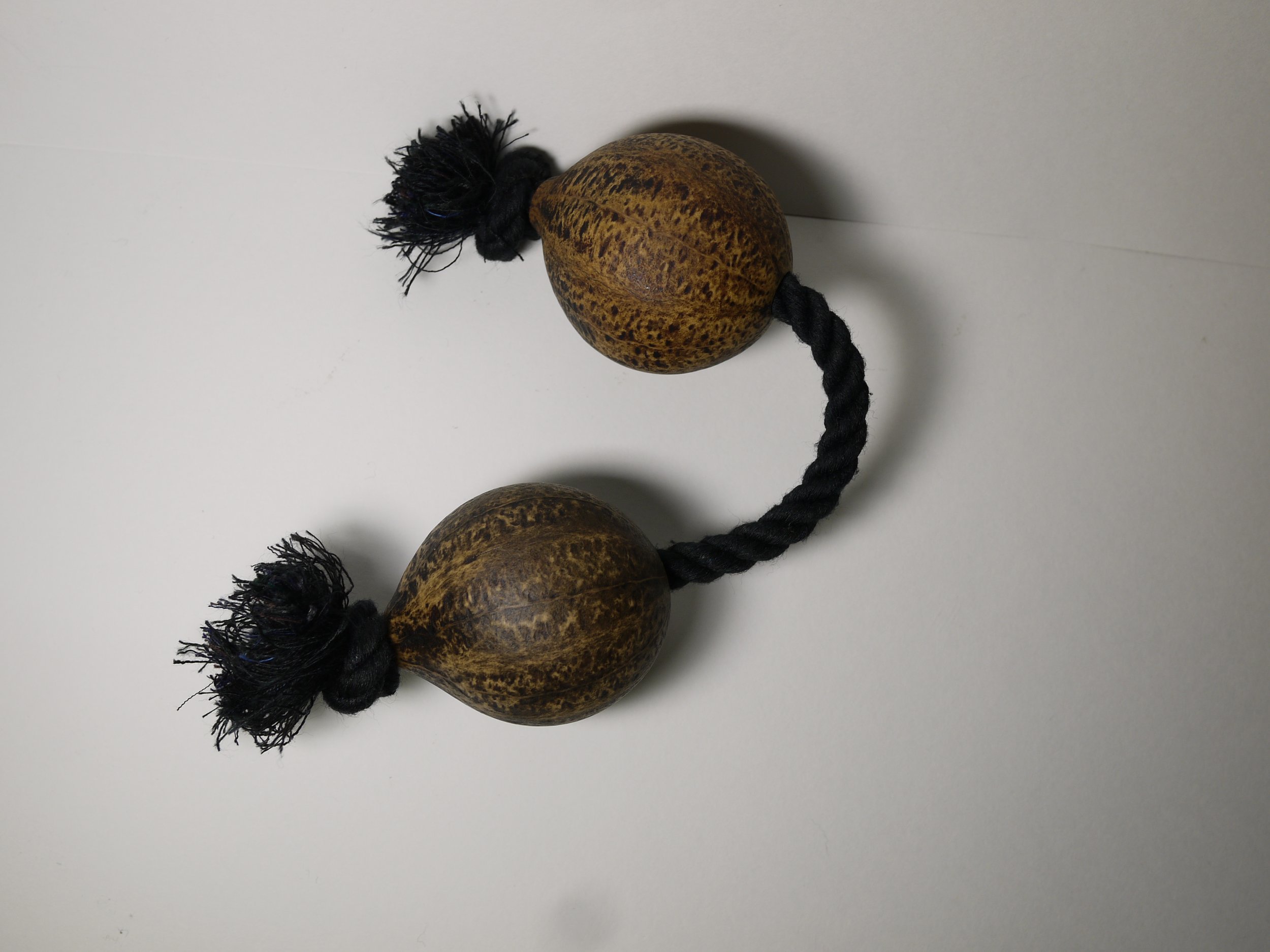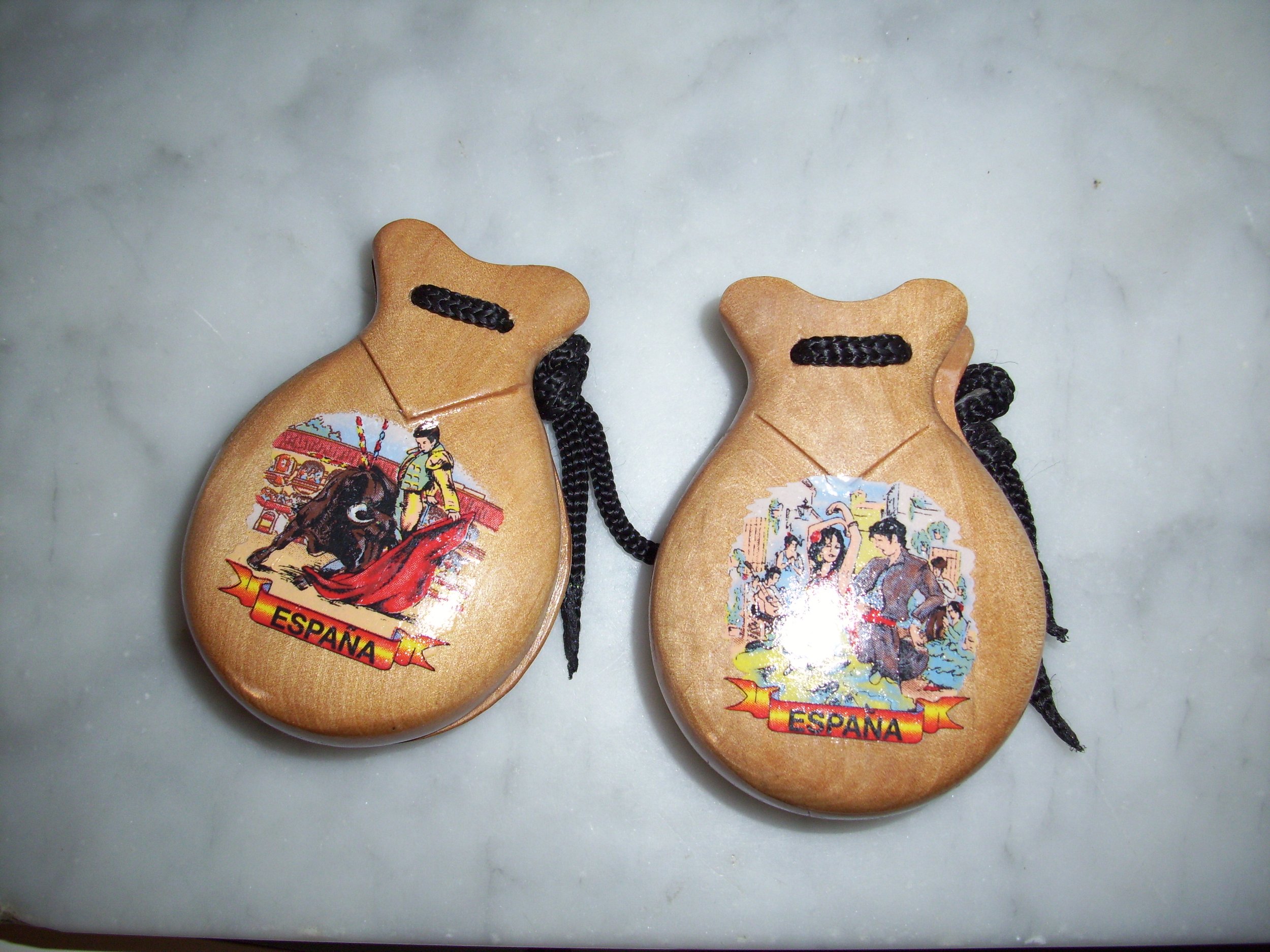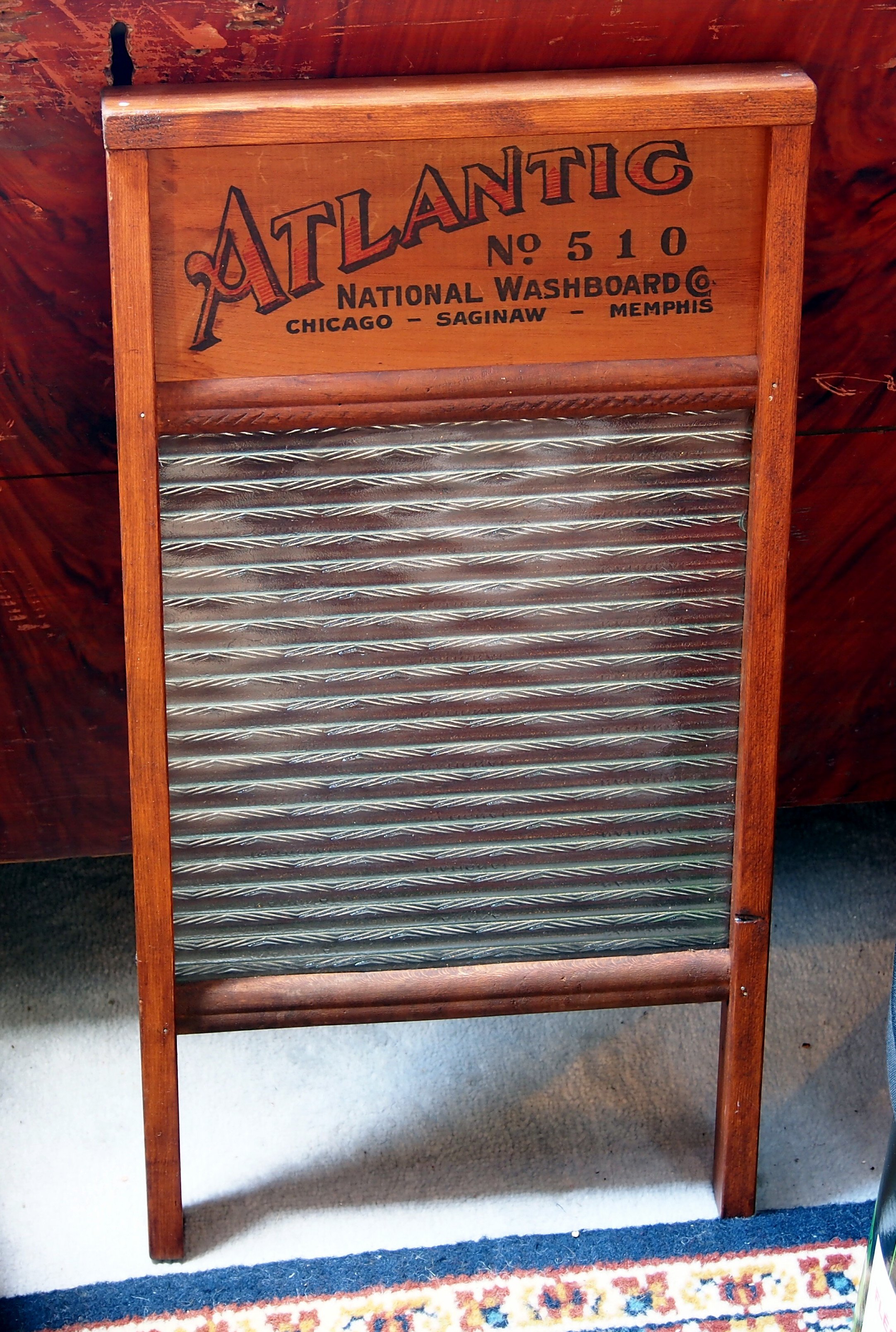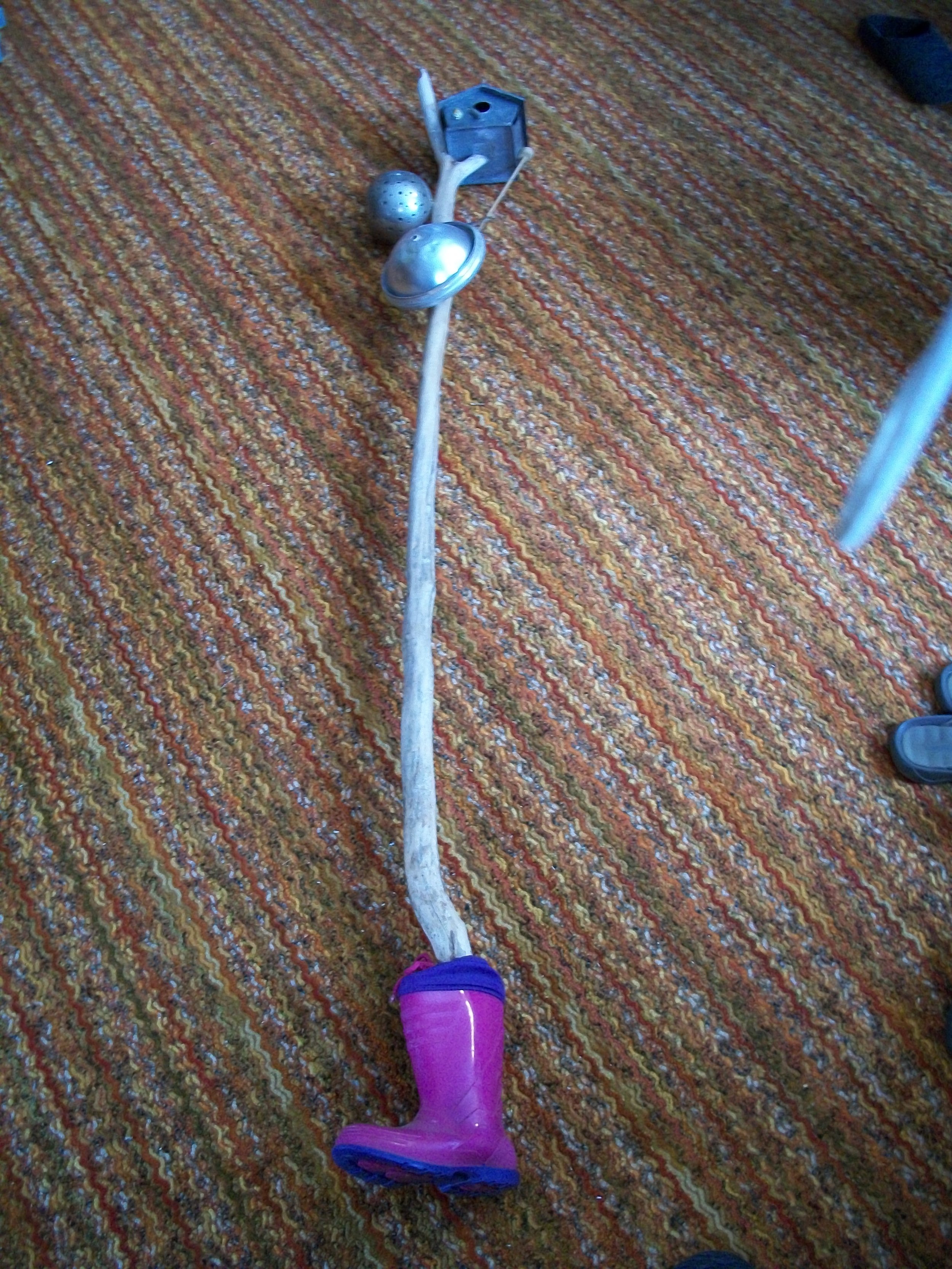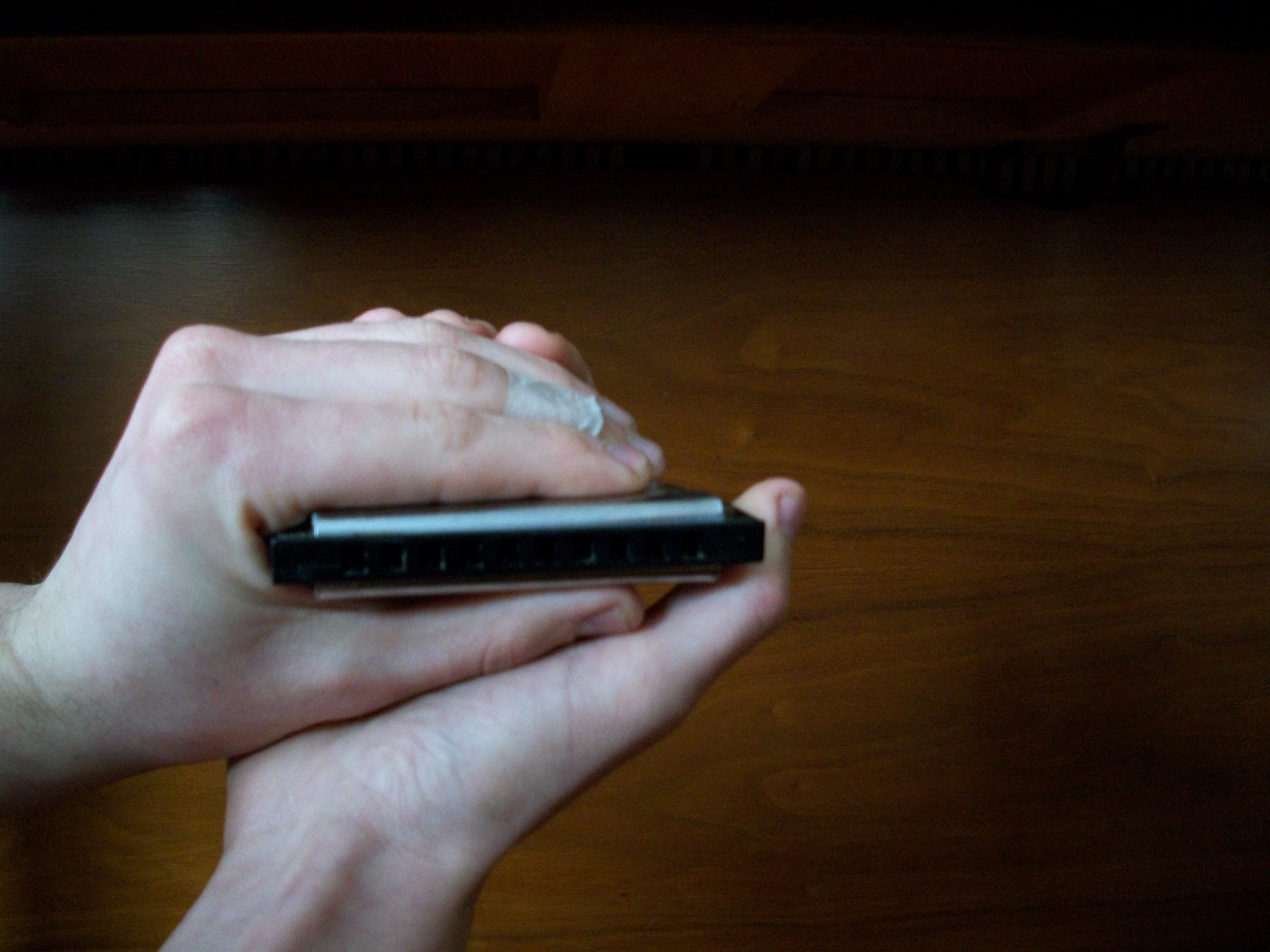Piano
✨✨✨
The piano is more traditional and ‘hoity-toity’ than most of the instruments I love to play. Yet, it was the first instrument (besides the voice) that I learned to play. It provides a direct portal into the realm of tonal music theory, a portal into which I have regularly escaped for many years. I find playing the piano to be particularly therapeutic. Because of its visual layout of the full chromatic scale, it is an ideal instrument to play for those who wish to gain a deeper understanding of the structures behind tonal music (AKA music theory). While many traditional approaches to learning piano focus on reading sheet music, I find it is a wonderful instrument for improvisation and playing songs by ear.
How to Obtain
Don’t be fooled—a piano may be easier to find than you think. Largely, it depends on where you live. Here in northern Wisconsin, pianos are given away for free regularly by people who simply don’t want them in the house anymore. Keep an eye on Craigslist and Facebook Marketplace and, in time, you may find one in your budget. If you want an easier option, electric keyboards are readily available. Small electric organs are also a cheap (and wonderfully fun) option.
How to Learn
There are a million different approaches, each with pros and cons. Traditional piano pedagogy places a heavy focus on learning to read sheet music; do not assume that this is the best approach for you. The learning process can be arduous, and you may become dependent on sheet music in order to play. I learned how to play piano through two main approaches that have served me well. First, I would simply sit at the piano and explore, playing whatever seemed to sound nice. Second, I took a music theory class and explored what I was learning about on the piano as the course progressed.
Similar Instruments
← →



